Published by Chris Townsend
Last updated Nov, 27 2025
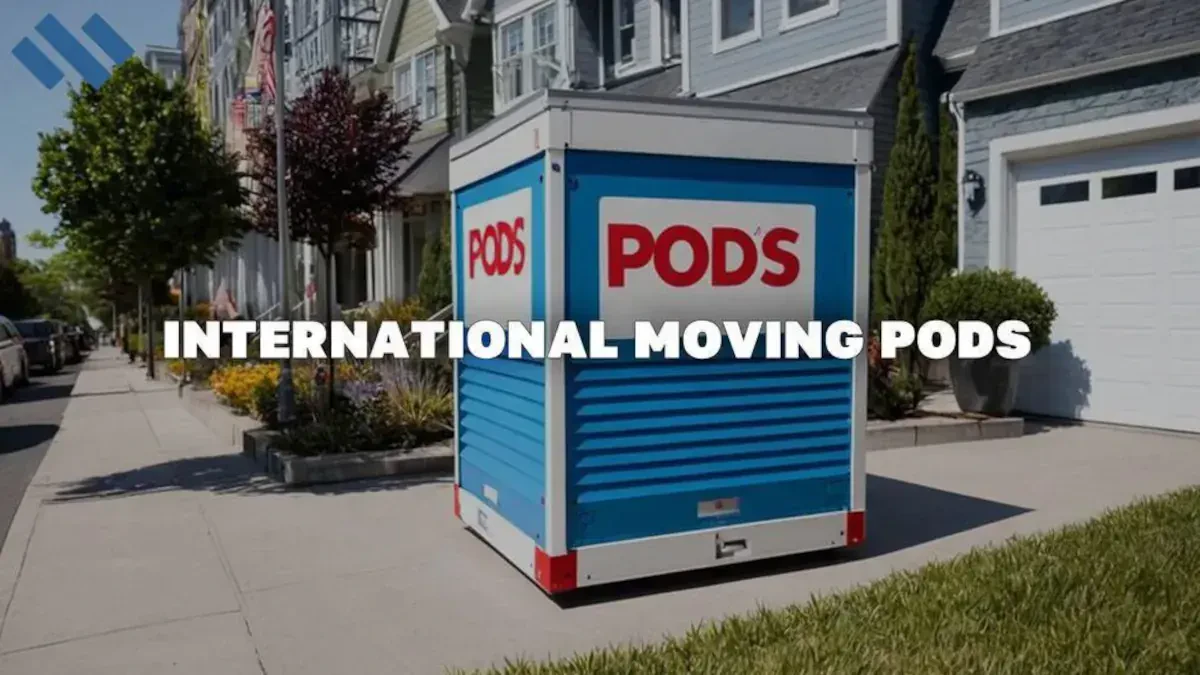
If you’re making a big overseas move, oftentimes a moving company that offers portable hauling containers is exactly what you need to ensure your relocation is as easy and convenient as possible. Of course, like any move, these services come with their own unique challenges and idiosyncrasies. However, understanding the international moving pods process as much as possible will help you navigate the transition more comprehensively.
Here are easy steps to follow when using pods to move internationally with the best moving companies who can handle any move size with their years of experience.
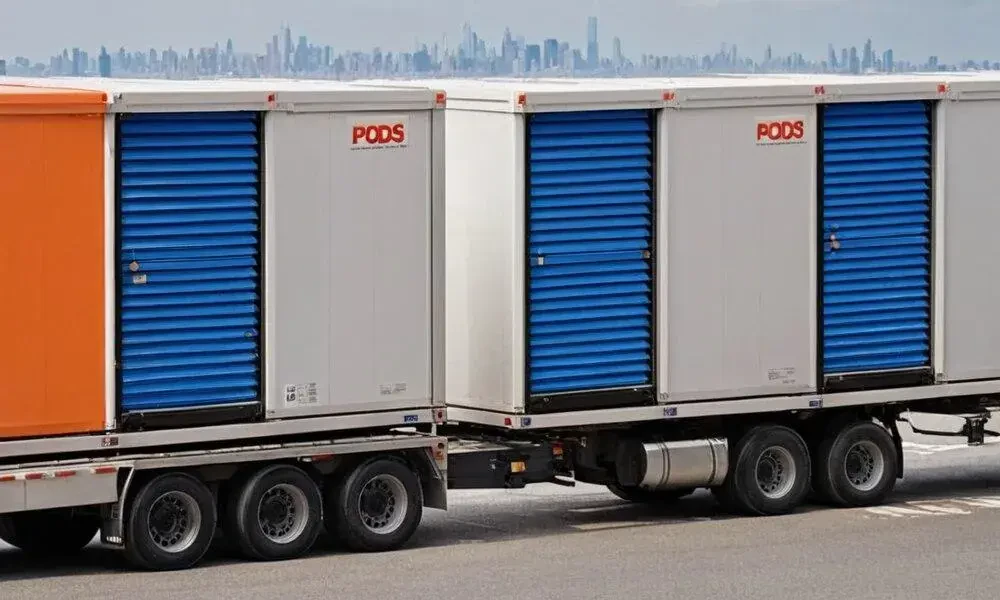
Overseas Shipping Containers
There are three main ways to ship your household items internationally: via land, via air freight, and via sea freight are all common ways to handle long-distance moves of household goods. Sea freight is the most commonly used method and also the best moving containers cost solution for overseas moves. The most common shipping container used to ship household items via sea freight is a dry storage container. Additional options include car carriers, ventilated containers, refrigerated containers, and insulated/thermal containers.
Aside from these containers, there is another option for those who either don’t want a full-service moving company for full container load moving options or have a shipment that’s smaller than a Less than Container Load (LCL) – international shipping pods or portable moving containers.
Portable Pods Hauling and Transport Company
Portable containers are an excellent choice for those who want to DIY their overseas move. Available in a range of sizes, these international moving pods allow you to optimize the space needed to ship your household items to your new home overseas. When you opt for this service, your company of choice delivers the pod to your desired location. You are then responsible for packing and loading up the moving company container. Once it’s ready, the company will return to retrieve the filled pod and ship it to your overseas destination.
International shifting container comes in a variety of sizes – ranging from 50 cubic feet all the way up to 200 cubic feet that can contain everything you want to move. Using this method is often a more cost-effective solution for shipping smaller volumes internationally. However, since you are required to do all the packing, loading, and unloading yourself, there is quite a bit of physical labor and time involved.
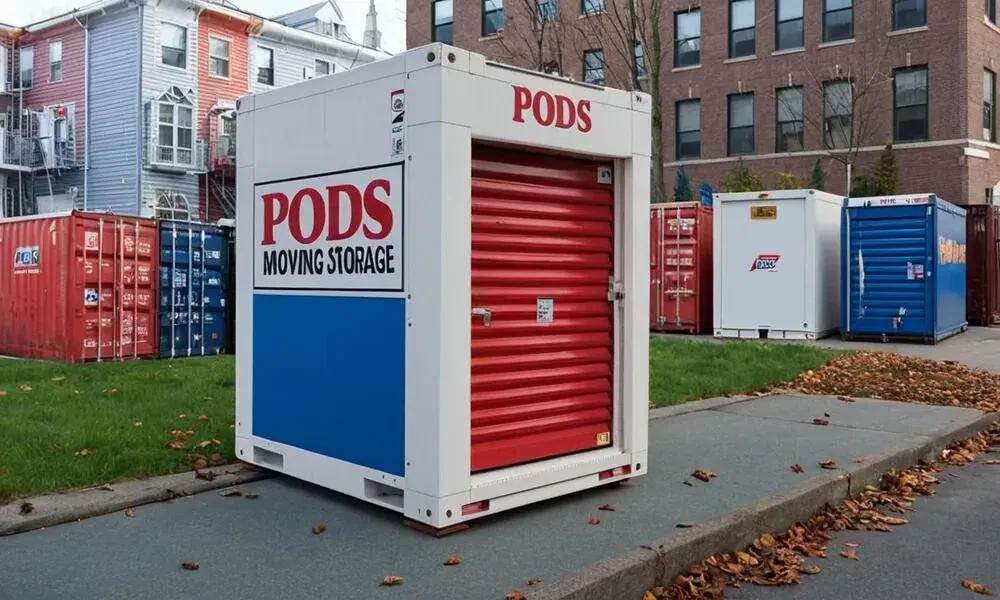
How Does a Relocating Company Work? Understanding the Processes
Our portable container service is a tried and true method for international relocations, beginning with a free and accurate estimate. Here is what you can expect when you choose a relocating company for international shipping:
- Obtain your free estimate. The first step in any move is to get your free estimate for pods international moving. During this stage, we’ll gather all the details about your relocation and identify all the container options services that you need. Then, based on your needs, we will create a quote that outlines the moving PODS costs shipping options with no hidden fees and also your load and unload dates.
- Choose our professional movers. Once you determine that our international movers are the right choice for your international move and ultimate customer satisfaction, reach out to one of our representatives so that we can solidify the booking for your pick-up and delivery.
- Prior to Moving Day. One of our representatives will contact you to give you a time window when we will arrive with the international moving pod. Once dropped off, you can pack and load the pod on your own schedule.
- Moving Day. The agents will arrive to retrieve your filled moving pods container and have it shipped off to your intended destination.
- Delivery Day. When you book a move with customer service, you’ll also receive a delivery window. Then, the day before the delivery, the international moving company representative will call to remind you that your pod will be arriving the following day so you can handle customs paperwork.
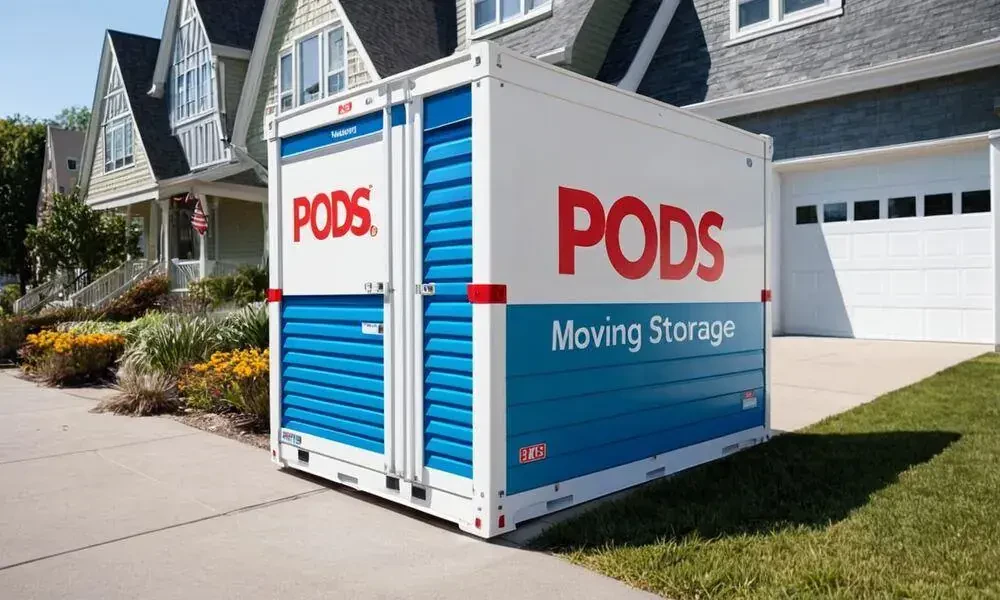
Finding an International Shifting Container Company: Expert Guidance
There are a number of portable container companies that claim to provide international shipping among their other services. However, this often comes with restrictions based on where they can deliver to. For instance, some of these companies can only deliver within the United States and Canada, and others may ship to Puerto Rico. Regardless, these technically qualify as “overseas” or “international” shipping.
If you know the exact destination country you’ll be moving to, be sure to ask the representative that you speak with whether or not they can deliver to that country. This should be the first question you ask, as you’ll avoid wasting time on a company that cannot ship your belongings. Aside from making sure that the company delivers to your destination, you should also choose an international shipper who has substantial experience in shipping moving containers overseas.
Relocation Moving with Pods from Canada To the USA
Road connections between Canada and the United States make it possible to use international pods for cross-border moves as long as there are no hazardous materials or illegal things inside. Portable storage units are widely available in both the United States and Canada for cross country or local moves. Most reliable providers of portable storage containers in North America have facilities in both the United States and Canada. One of the simplest international relocations involves relocating between the United States and Canada. Shifting from Canada to the United States can sometimes be accomplished in less time than relocating within either country.
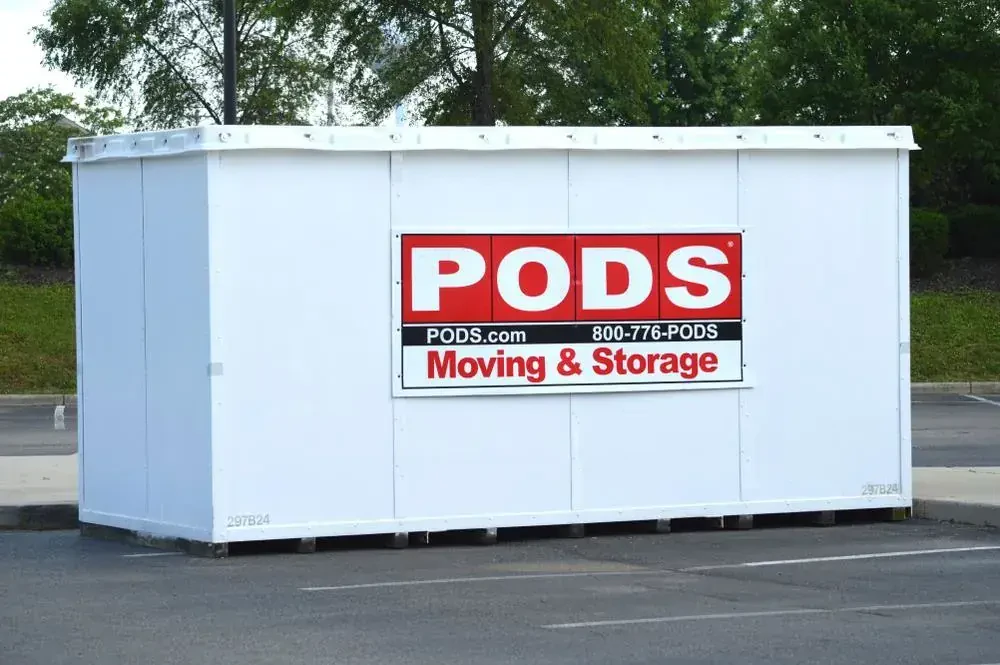
Does Pods Dispatch Internationally for Shipping?
It’s crucial that you choose the right international hauling company to handle the shipment of your belongings. If you’re looking for best moving container companies movers that offer “international moving pods,” your search ends here. Three Movers is one of the best container companies in North America, and we're proud to provide you with an efficient, convenient, and cost-effective international moving experience every time.
Efficient Relocation Solutions
Efficient solutions for international moving containers have become increasingly vital in today's globalized world. Whether you're relocating to a new country for work, personal reasons, or any other purpose, the logistics of moving your belongings across borders can be a complex and daunting task. Fortunately, international moving container services offer a streamlined and cost-effective solution. These services typically involve the use of standardized containers that can be easily loaded, transported, and unloaded, ensuring the safe and secure transportation of your possessions. With a range of container sizes (such as a 40-foot container, 16-foot container, 12-foot containers with steel frames, etc.) delivery and flexible delivery options (a great option), you can customize your move to fit your specific needs. Moreover, these solutions often include tracking systems, allowing you to monitor the status of your shipment in real-time, providing peace of mind throughout the entire relocation process. Efficient international moving container solutions are a reliable and convenient way to simplify the challenges associated with international relocation, making the transition to a new home or office a more manageable and stress-free experience.
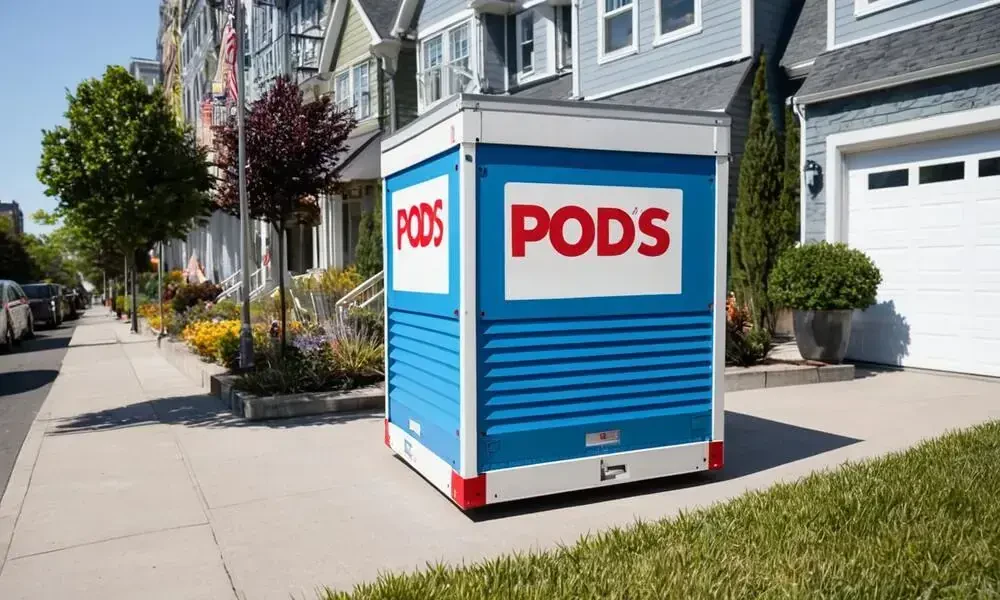
Essential Guide to International Hauling Crates for Movers
International carrying crates are a crucial component when it comes to relocating your possessions across borders. These specialized containers are designed to ensure the safe and secure transportation of your household items or office equipment during international moves. Made from sturdy materials like wood, plastic, or metal, these crates are built to withstand the rigors of long-distance transportation, including rough handling, stacking, and even exposure to various weather conditions. They come in various sizes to accommodate different types of items, from fragile glassware to heavy machinery. Whether you're moving to a new country for work, personal reasons, or any other purpose, using international moving crates can simplify the packing and shipping process, offering peace of mind that your belongings will arrive at your destination intact and in the same condition they left. It's essential to choose the right type and size of crates to match your specific needs and the nature of your items to ensure a smooth and stress-free international relocation.
What is 'Move It Cube It' in Moving Services?
'Move It Cube It' is an innovative and versatile solution that has been making waves in the world of logistics and transportation. This technology is designed to optimize the movement and positioning of goods, making it a valuable tool for businesses involved in shipping, warehousing, and supply chain management. In essence, 'Move It Cube It' is a cutting-edge system that helps streamline the process of handling and transporting goods in a more efficient and cost-effective manner. The core concept behind 'Move It Cube It' revolves around maximizing the utilization of available space. This system employs advanced algorithms and sensor technology to accurately measure the container dimensions and weight of various items. By doing so, it enables businesses to effectively plan and execute the packing and transportation of goods. This innovative approach not only reduces wasted space in containers and warehouses but also minimizes the need for excessive packaging materials.
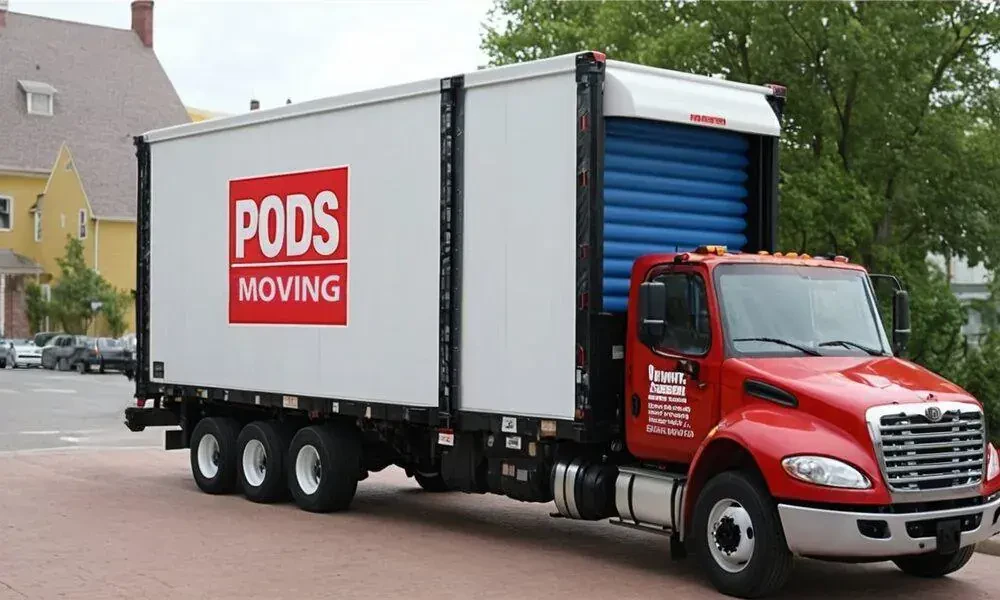
Mini Pods for Moving Household Items: A Compact Solution
Mini pods for moving have emerged as a revolutionary solution in the world of relocation. These portable and compact containers provide an efficient way to transport your belongings from one place to another. With their sleek and space-saving design, mini pods are the perfect choice for individuals and families looking to simplify the moving process. These pods come in various size container options to accommodate your specific needs, making them ideal for both small-scale and large-scale moves. One of the key advantages of mini pods for moving is their versatility. Whether you're shifting to a new home, downsizing, or need temporary storage services, these containers can serve multiple purposes. They are weather-resistant and secure, ensuring the safety of your possessions during transit or storage. Furthermore, mini pods can be delivered to your doorstep, allowing you to load and unload at your own pace.
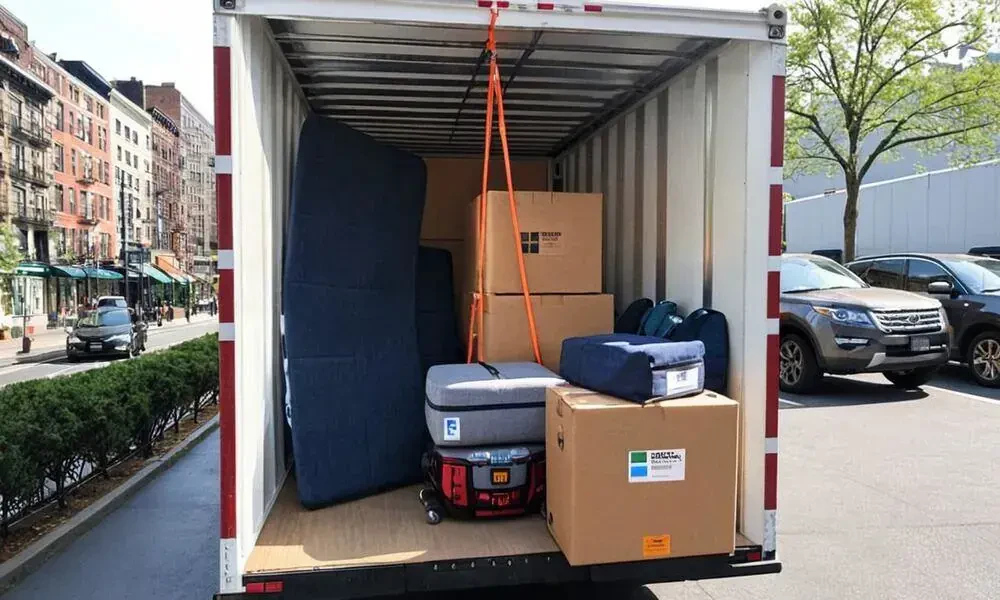
How to Pack Your Boxes?
Packing a POD (Portable On Demand) container moves is a practical and efficient way to transport your belongings. Whether you're relocating to a new home or need temporary storage during a renovation, mastering the art of packing can make the process smoother. In this article, we'll provide you with essential tips and step-by-step guidance on how to pack to move. This comprehensive guide will ensure that your items are safely and securely stored in the container, making your move a stress-free experience. It can be a daunting task, but with careful planning and efficient packing, you can make the process much smoother. One popular and convenient option for relocating your belongings is using a POD (Portable On-Demand Storage is a popular choice) container. Learning how to pack properly is essential to ensure your items remain safe and secure during transit. In this article, we'll provide you with expert tips and guidelines to move, maximizing space and minimizing the risk of damage to your possessions.
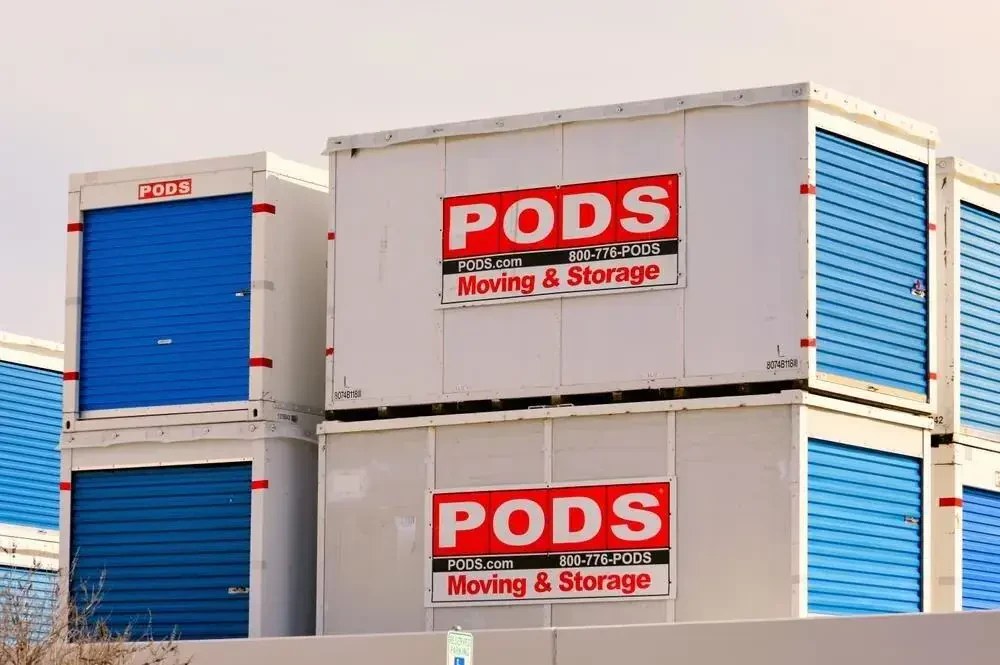
Ready to get the process started? Give us a call at (888) 202-0036 or fill out our online request form to start scheduling your free moving quote estimate for your upcoming international relocation, talk about insurance coverage, different sizes of moving truck options, labor for the heavy lifting, Zippy Shell, weather proof containers, climate-controlled storage for personal effects and more.
Frequently Asked Questions
International moving pods typically cost $3,500 to $8,500 for most 1–3 bedroom moves and $9,000 to $15,000 for larger households. Pricing depends on container size, origin and destination, packing level, and port and customs fees. Charges also change with long-carry distance, stair or elevator access, and specialty items that require crating. Because international moves are billed differently than local or intrastate jobs, reviewing detailed examples on international moving costs can help you set a realistic pod budget before you book.
Yes. POD-style containers can be used for many international routes when managed by an overseas carrier rather than as a simple domestic drop-and-pickup. Your container is delivered for loading, sent to an export terminal, shipped by sea, then handled at destination by an agent who arranges delivery or unloading. Suitability depends on driveway access, HOA rules, port options, and customs restrictions. Reading more about whether PODS offer international moving and different storage containers for moving can clarify which setup fits your route.
Most pod-based international moves require a detailed packing list, a copy of your passport, and visa or residence proof for the destination country. You will also sign an authorization allowing your forwarder to handle customs clearance on your behalf. Some countries request value declarations, employment letters, or proof that goods are used household items. If you are combining storage with your move, documentation may be slightly different. Providers that focus on international relocation services help you prepare country-specific paperwork so your pod is not delayed at the port.
A 1–2 bedroom apartment usually fits in about a 20-foot container, while larger homes commonly need a 40-foot container or a second cube. The best way to size your pod is to list big pieces like sectionals, bed frames, and appliances, then estimate total box count. Movers convert this into cubic volume and match it to container options. Leave some extra space for padding, tie-downs, and safe stacking; overfilling makes damage more likely during overseas handling. Tight urban streets or low clearances may limit which pod sizes can be delivered.
Yes. International pod moves should be covered by marine cargo insurance, which is designed for sea voyages, port handling, and cross-border transit. Standard domestic coverage is not built for these risks. Policies can protect against theft, water damage, rough handling, and total loss, although they may exclude items that are improperly packed or already fragile. A written inventory and declared values are usually required. Reviewing options similar to the company’s insurance services helps you decide between basic coverage and all-risk protection.
Most international moving pods arrive in about 3 to 7 weeks from pickup to final delivery. Transit time is influenced by sailing schedules, distance, weather, and how busy the origin and destination ports are. Customs inspections, extra paperwork, or holidays at either end can add several days. Moves into remote areas may need an additional inland truck leg. While timing is not identical on every lane, general guidance is similar to full-service overseas relocations and should be confirmed with your coordinator when you book your sailing window.
Yes. If you are not moving a full household, your goods can often travel in a smaller cube unit or a shared container space based on cubic feet instead of a full pod. This works well for students, expats with partial shipments, or families sending a limited amount of furniture overseas. Pricing depends on volume, handling at both ports, and the final delivery distance from the arrival terminal. Smaller loads still follow the same rules for customs declarations, prohibited items, and insurance as full container moves.
The largest cost drivers are container size, route distance, current sea freight rates, and port and customs charges at both ends. Access issues such as narrow streets, limited parking, building loading rules, or long-carry distances can add labor fees. Prices also respond to seasonality, fuel surcharges, and how much professional packing or crating you request for fragile items. Reviewing examples of moving overseas shipping costs will show how these variables combine into typical price ranges for different household sizes.


